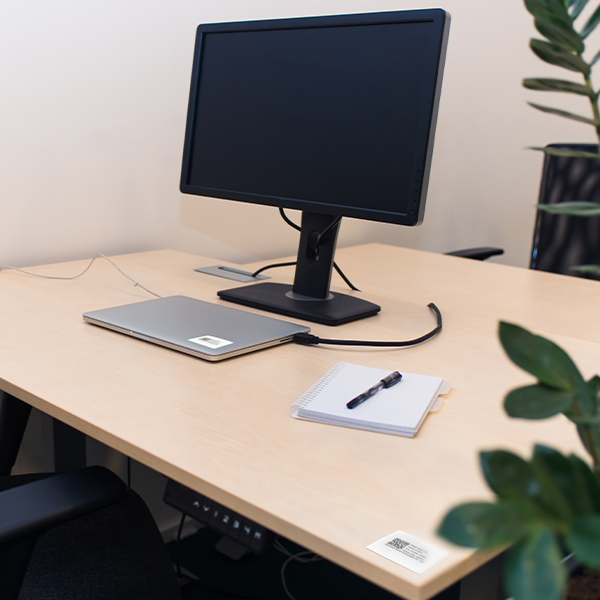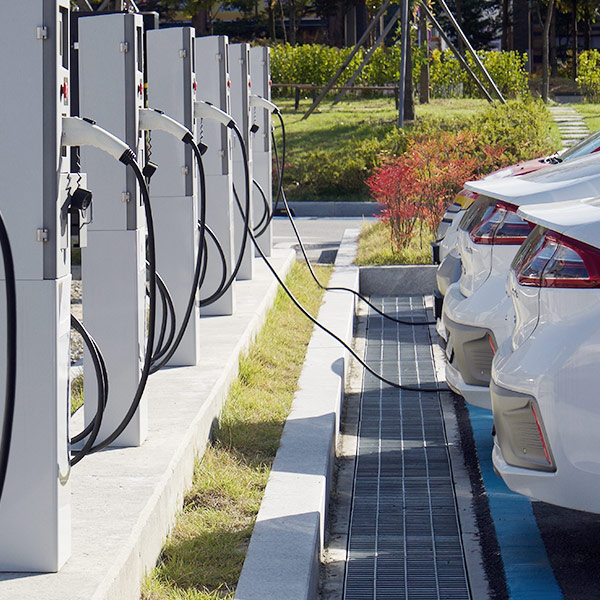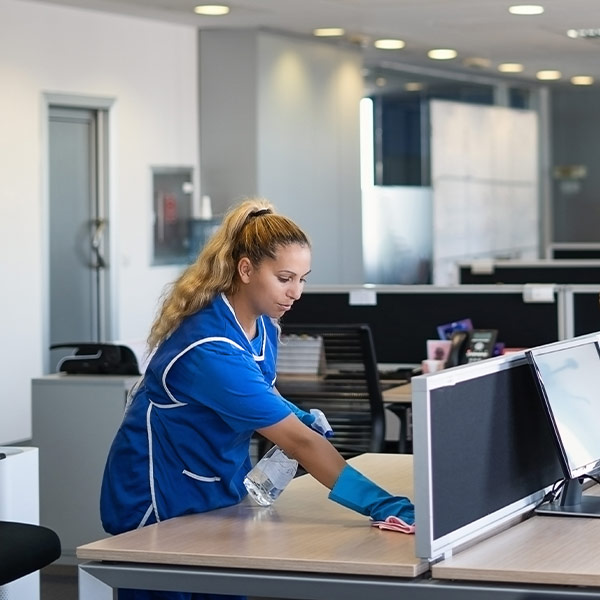Workplace and Room Occupancy Tracking
Optimizing the growing trend away from traditional workplace concepts towards shared desk solutions requires a comprehensive assessment of occupied or available workstations and space resources.
Inventory and Localization with Paper Tags
Together with existing infsoft infrastructure, infsoft Paper Tags enable efficient inventory and localization of assets.
eCharging as a component of the Workplace Experience App
Via the Workplace Experience app, it is possible to book charging stations and view the current live occupancy status.
First Responder Location in an Emergency
People tracking during medical emergencies on a company site ensures on-time treatment of injured or distressed individuals.
Asset Tracking in a Manufacturing Facility
An asset tracking system enables better monitoring and control of manufacturing processes as well as optimized production flows.
Demand-Oriented Cleaning of Workspaces
A demand-oriented cleaning of workstations in office environments can be realized based on an occupancy analysis.
People Tracking System for Industrial Facilities
A tracking system allows locating personnel in real-time, ensuring workplace safety and enhancing productivity.
Tracking of Load Carrier Circulation
Tracking of load carrier circulation supports on-schedule completion of orders.
Digital Information Displays for Office Buildings
A digital signage solution with E-Ink displays offers building users added value by displaying live information (e.g., building plans, security notices, room occupancy information).
Indoor and Outdoor Tracking on an Industrial Site
By using road stud beacons, goods on industrial sites can be reliably located, even across wide open spaces.





